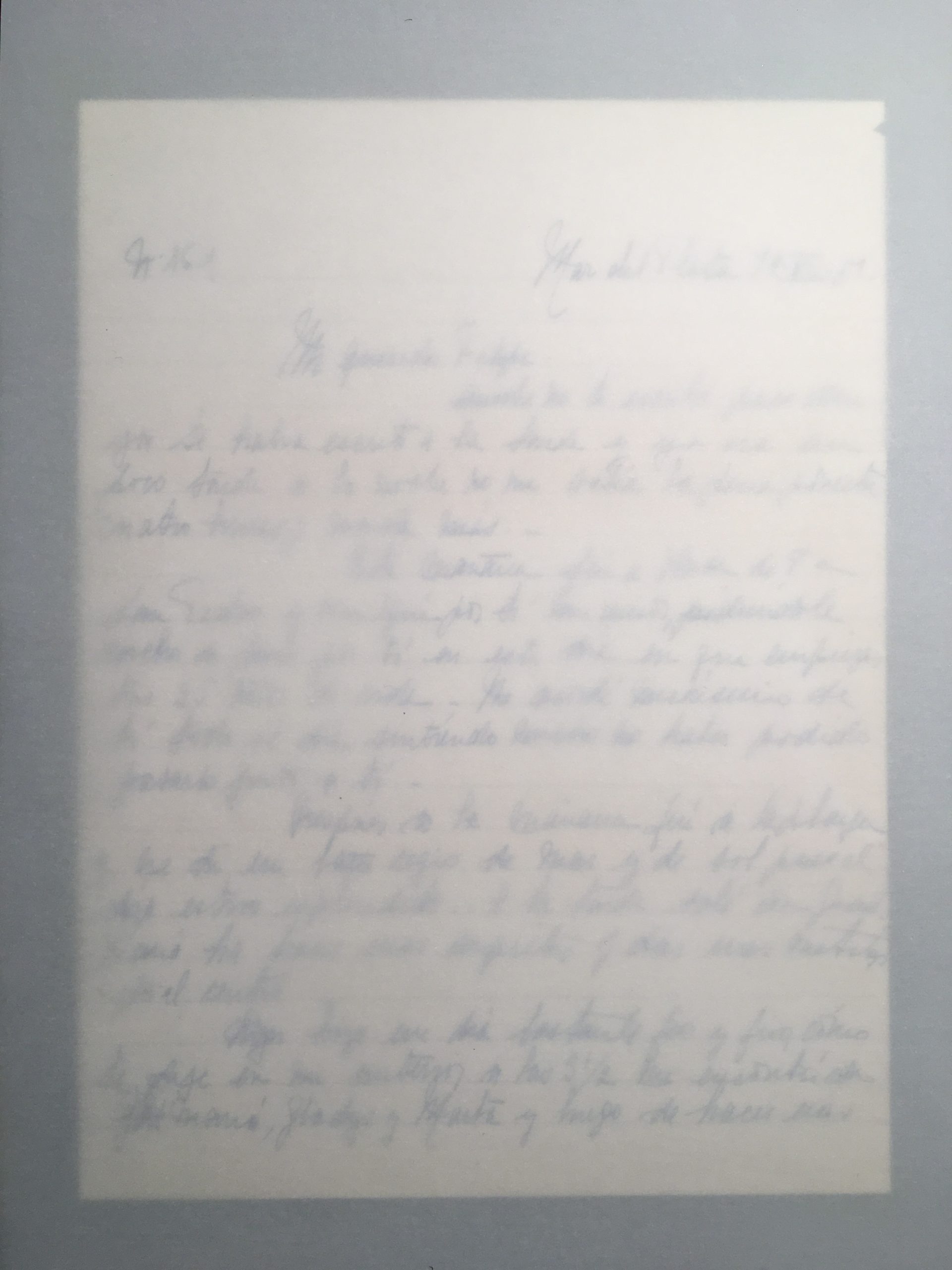6 Jul 2021
Interview
LUCILA MAYOL: CO-ORDINATES OF LOVE, MEMORY AND SECLUDED PLACES
The morning of our arranged Zoom interview found Argentinian artist Lucila Mayol rather tired. She had just finished putting up a show in Bergen, Norway, which at times like these is not the easiest of tasks: as current pandemic restrictions meant that she was not able to travel, she had to install the exhibition from a distance, thus glueing her to a computer monitor for a whole week.
Everything worked out splendidly, however, and the exhibition was a success. A collaboration with artist Laurie Lax, the duo show tells the story of Sagfjordbotn, a village in northern Norway. The village is rather difficult to reach – one can get there by boat in summertime and by snowmobile during the winter months – and its feeling of seclusion has been intensified by the government’s depopulation efforts. Once a fairly busy area, after the locals were paid to relocate elsewhere, these days Sagfjordbotn only hosts summer holiday visitors.
After traveling to Sagfjordbotn in the summer of 2020, Lucila and Laurie interviewed some of the locals, not taking notes but rather transcribing the interviews through conversations between the artists afterwards. The field recordings combine direct quotes with fiction and dictionary entries. The resulting work, Archaeological Fiction: Sagfjordbotn, was eventually presented in the form of a game welcoming the audience to navigate the space using co-ordinates, at Hordaland Kunstsenter between May 29th– June 20th, 2021. The gallery installation of the work included a north-facing computer, a map and a tiny lamp presented in a black space with covered windows. An online version of the game was launched on June 20th.

Archaeological Fiction: Sagfjordbotn at Hordaland kunstsenter (photo credit: Bjørn Mortensen).
With Archaeological Fiction: Sagfjordbotn now successfully installed, Lucila is looking forward to resuming work on other, ongoing projects. A children’s book with Berlin colleague Valentina Aviani is illustrated with paper cut collages and tells the story of an “abstract entity who lives in the space between this and that.” The story has been taking shape through numerous online writing exercises, and a process of spontaneous writing, then editing, re-writing and re-editing. The story’s protagonist, the abstract entity, travels into nature to meet several creatures: a mole, a horse, a cloud and, after falling into the sea, an octopus. There are no enemies, no conflict and the creatures are not good or bad. This travelogue follows each creatures endeavours with care and kindness. After a long time of working from distance and mostly online, Lucila is very much looking forward to traveling to Berlin to work together with Valentina in person over summer.
Another ongoing project of Lucila’s that she aims to work on during the rest of her HIAP residency is again, in a way, a collaboration: this time with her grandparents, through the letters they sent to each other between the years of 1948–1951. In a series of woodcuts Lucila aims to investigate ideas of love, relationships, death and privacy. The letters were written and sent during a time when Lucila’s grandparents were not yet married, and they are very romantic in their dreaming of marriage. Their romance ideas appealed to Lucila, who however was wary of publishing someone’s writing; instead, she decided to make woodcuts of the objects mentioned in the letters, such as a bracelet and a ring. As the letters were originally written in Spanish, the woodcuts are also a reflection about language and translation. Not so much a translation of Spanish into English, but a translation of words to images, re-writing the stories in a visual language. The project encouraged Lucila to enroll in an online course of Japanese printmaking, in which she will learn to print with a barren, among other things.

One of the letters behind translucent paper.
As most meetings have been taking place online for quite some time now, including HIAP’s own morning coffees and resident’s meetings, Lucila is finding the peaceful island of Suomenlinna a very difficult place to leave. However, the city of Helsinki is slowly opening up and, as Lucila is staying in Suomenlinna until the end of November and in Finland for at least two years, there is still plenty of time to investigate and take in the language and the culture.
Photos provided by the artist.
More:
Duo exhibition at Hordaland Kunstsenter
